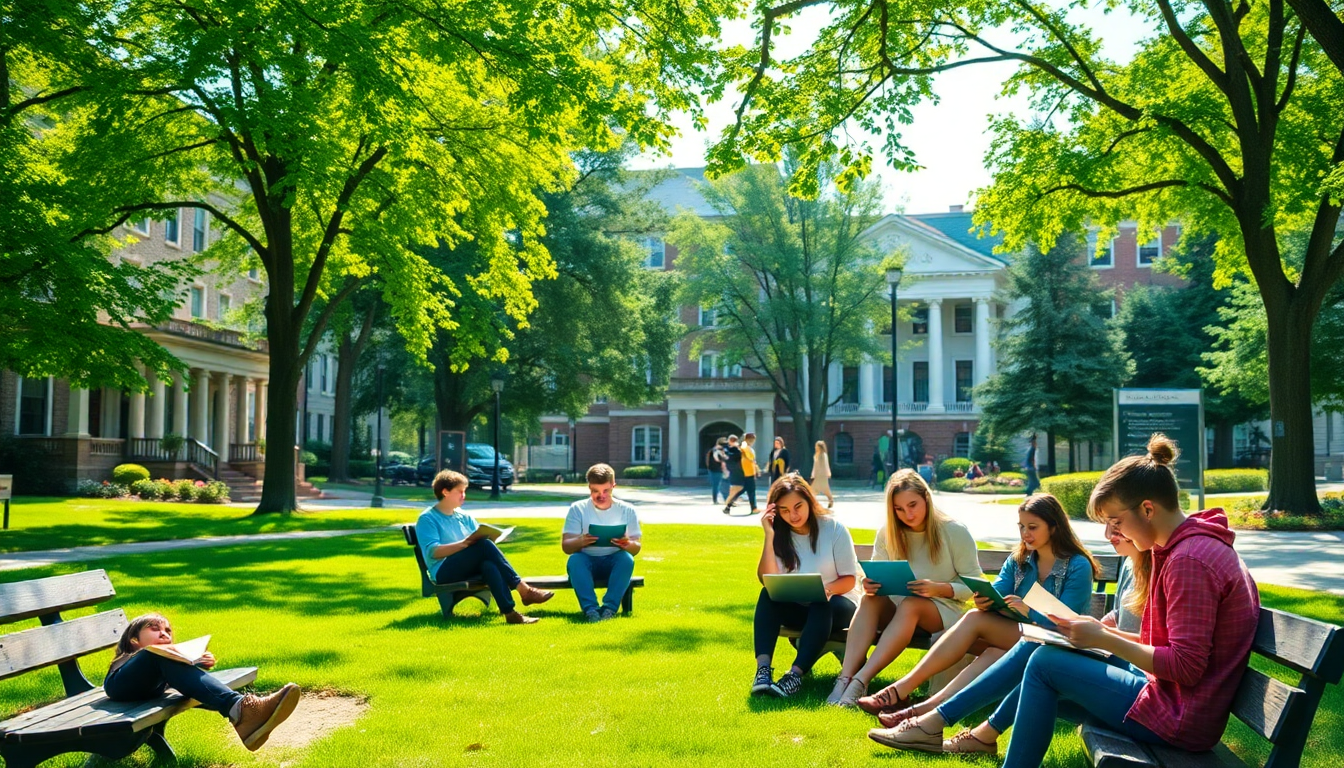Table of Contents
In a bold move to tackle the soaring costs of higher education, Indiana Governor Mike Braun has announced that public colleges and universities in the state will keep tuition rates flat for in-state undergraduate students during the academic years 2025-2026 and 2026-2027.
This initiative comes as a response to a troubling trend: the cost of attending college has been climbing even faster than healthcare expenses, leading to a significant rise in student debt burdens.
Understanding the Context of Rising Education Costs
Reflecting on his time in the U.S.
Senate and now as Indiana’s governor, Braun has voiced serious concerns about the skyrocketing expenses tied to post-secondary education. In a recent interview, he pointed out that these rising costs are an issue we can’t afford to ignore.
“I think that’s all part of a system that’s broken,” Braun stated, highlighting the unsustainable financial pressure on students and their families. He stressed the urgent need for reform in a system that often leaves graduates struggling to find jobs in their fields of study.
The Indiana Commission for Higher Education’s unanimous decision to support this tuition freeze marks a significant shift in how the state approaches funding for higher education. This is particularly noteworthy as it’s the first time in over a decade that multiple campuses have agreed to keep tuition rates stable at the same time.
Such collective action underscores a growing awareness of the financial strain students and their families face.
Implications for Students and Families
The effects of this tuition freeze are substantial. Many families have felt the sting of rising tuition costs, leading to a staggering $1.6 trillion in student loan debt across the nation by the end of 2023, according to the New York Federal Reserve.
Governor Braun’s initiative aims to ease some of that financial burden, creating a more stable environment for students pursuing their degrees.
Moreover, Braun’s comments bring to light a critical issue: a large percentage of students who start degree programs don’t finish them, and many who do are unable to find jobs in their chosen fields. This disconnect between education and the job market highlights the urgent need for colleges to rethink their curricula and job placement strategies to better align with the demands of today’s economy.
Future Directions and Considerations
While the governor’s commitment to freeze tuition fees is a step towards making higher education more accessible, it raises important questions about how these institutions will sustain funding. Braun has urged universities to adopt a more business-like mindset, pushing them to enhance their offerings and ensure graduates leave with skills that are in demand. This shift could pave the way for a better alignment between educational outcomes and local workforce needs.
As Indiana moves forward with these changes, it will be crucial for educational leaders, policymakers, and community members to team up and develop strategies that improve both the quality and affordability of education. By working together, they can tackle the systemic challenges that students face and create an educational landscape that truly serves as a pathway to success.





